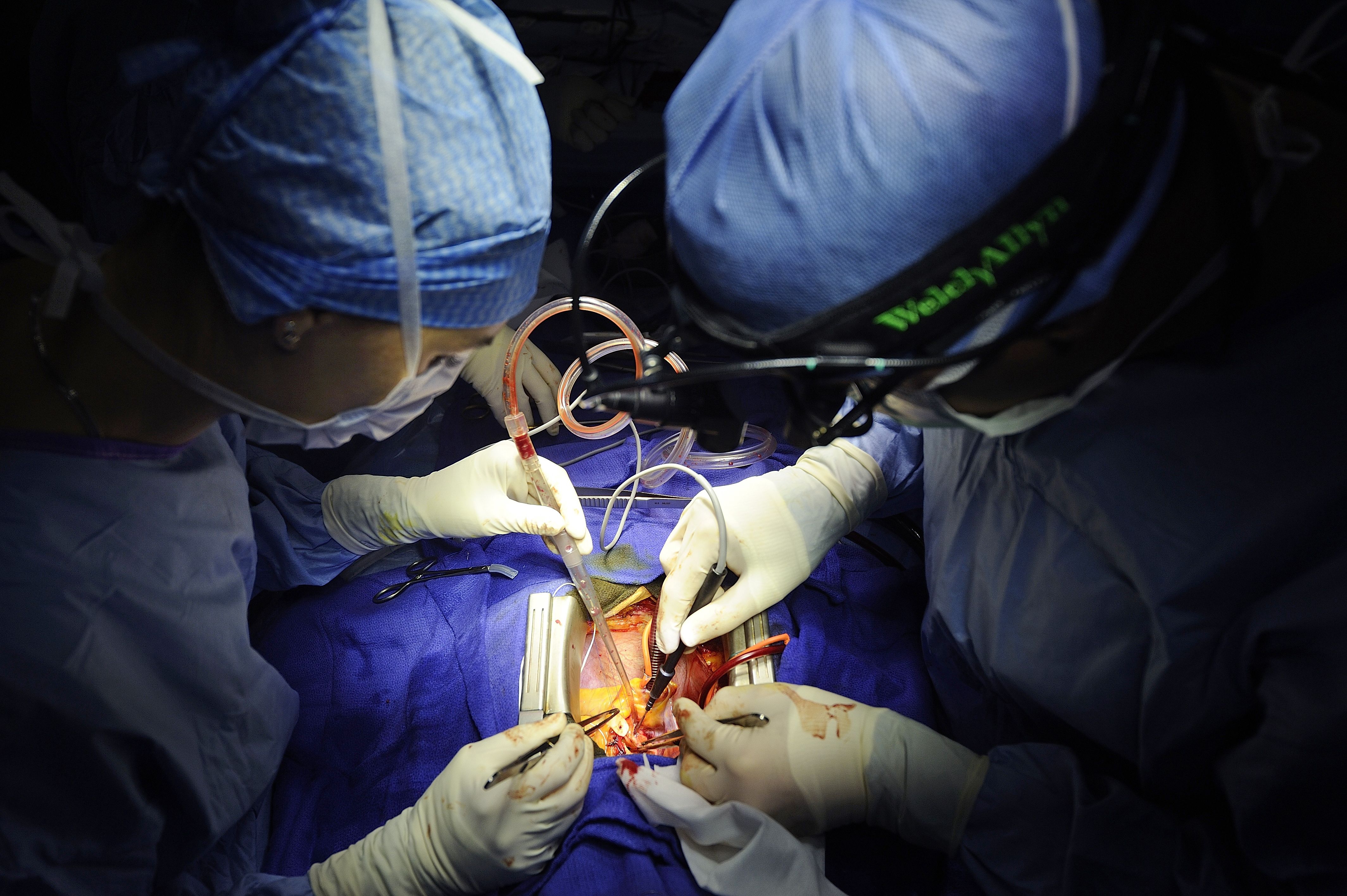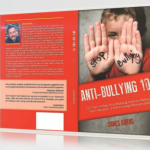
“Do as I say not as I do,” a statement that we are all too familiar with. My dad was a WWII veteran and came home from the service with malaria, tuberculosis, and of course post-traumatic stress disorder. He was not athletic, but his eating habits would be those that would make any keto dieter proud. A protein, a vegetable, and a baked potato, that was his dinner and nothing more; except for his desert which would be two Lucky Strike cigarettes. Yes, he smoked about a pack a day. But, he preached to me to never ever even think about smoking those cancer sticks. I listened even though many of my friends were already into the cigarette habit. The other thing that he made very clear to me was that exercise was essential for good health, even though because of cigarettes he had trouble walking a flight of stairs. The service, stress, and cigarettes took him from us at 68 years old as a result of a stroke. Hold those thoughts.
Forty years go pretty quick, at 66 I began to wonder if 68 was going to be the end of the line for me. My sister died of a stroke at 67 so I questioned my cardiologist about what could be done proactively to prevent my early demise. He told me that we should start with a coronary artery calcium scan, a simple test to measure the amount of calcium in your coronary arteries, which is a predictor of heart attack and stroke. A high score is 400, mine was around 3,000. I was catheterized and it was discovered that much of the calcium was in the distal arteries of my heart, which was a good sign, I was put on a statin medication, and was told by my cardiologist that I had to be brutally honest with him regarding any chest pain that might come my way; I had no symptoms at the time, That was February 2022.
I told my wife Pat that I was not going to get away with this. Now I was always an athlete, walking, weightlifting, jumping rope (yes jumping rope) and stretching were all part of my day and I was always looking for ways to get in extra steps or do a few push-ups. But knowing what I now knew, embarked on a high intensity program that included weighted jump ropes, dead lifts, weighted squats, rowing motion and walking 5 miles per day. July of 2022 I was working in the yard and got a pain under my sternum that felt like I just ran a 100 yard dash in 10 degree weather. It passed, and it didn’t return until September; at that point I began to experience stable angina, which is pain on exertion and usually stops when you are at rest. I continued my intense exercise regimen and this went on until the end of the year. In January I visited my cardiologist and explained my symptoms. That was January 11, 2023. He immediately scheduled me for another catheterization on January 18, 2023.
On January 15, 2023 I went out for my walk, and after about one mile my stable angina began, which I was used to. The problem was it didn’t stop after I was through exercising and got significantly worse. I texted my cardiologist (He has been my doctor for 20 years) and he told me to go to the emergency room. I made the risky decision to wait until the following morning. At 4 am I woke my wife and had her drive me to the ER. This was January 16 and I was scheduled to be catheterized on January 18. I was admitted to the hospital on the 16th and waited for the procedure.
I met with the doctor who was going to perform the procedure, he had also catheterized me the first time and we were both figuring on a stent or two. Not so, he spoke with me after the procedure and informed me that I was 99% blocked in the main artery of the heart along with 80-90% blocked in 3 other arteries of my heart. The only solution was coronary artery by-pass surgery. In reality, he was more disappointed than I was. I was sent back to my room, and the process began.
I had plenty of time to think. To think about my family history and how 20 years ago when I was going through a divorce smoked 5 packs of cigarettes a day. That was only for a short period of time but it was enough to cause such arterial inflammation that the only thing my body could do was to draw calcium to the site, which acted like spackle to protect the artery from rupturing. I also watched video after the video to help me understand what to expect throughout the process, ultimately surgery, and then post-surgery. I went into surgery around 3:30 pm on January 23, 2023.
I woke up the next day and knew from my research that I was going to have to cough up the oxygen tube in my throat which was going to hurt my chest a bit. One hard cough and it was out. I got up out of bed, with no problem, and stood up on my own with no problem and walked 1,000steps first time out while I was still in intensive care to the amazement of all staff. When I got up out of a chair on my own I informed my wife that his is why I did 100 squats a day while I was training for surgery.
I trained for a quadruple by-pass, and it worked. My squats (getting out of the chair), 5 mile walks (leg strength and muscle memory). Not to mention I was able to get out of bed on my own and walk around the cardiac ward on my own, and I was sent home 5 days after surgery. Once home I walked almost 1 mile my first time out and was up to 1.5 miles in 2 weeks.
Before I left the hospital my surgeon came in and informed me that the intense exercise that I did protected my heart and allowed it to create a collateral blood supply. He also informed me that my heart was in great shape and that the arteries and veins that were used for the grafting were also and these are his words, pristine. He informed me that the exercise that I did strengthened my heart and with the new vessels should give me another 20-25 years. Exercise is truly a new medicine.
My desire for intense exercise hasn’t changed. I am back jumping rope, weightlifting, and walking all pain free. It saved my life. Exercise doesn’t have to be intense though, walking and lite weights can make all the difference in a person’s health and wellbeing. Having a personal trainer that understands the needs of those who are looking to grow young can truly be the missing piece to those who want to sustain a successful exercise program
At 68 years old I am a NASM Certified Personal Trainer. My goal as a CPT is to help those who are a bit older (my age) and want to grow a bit younger through exercise. I enjoy working with groups and individuals alike and I provide three very important components that I believe are critical pieces in the battle for longevity.
1. Companionship Support
Having someone available to help motivate you and give you a little nudge when the desire for exercise just isn’t there is so important. It keeps you from falling off the wagon of exercise and helps you meet your goals. I initially provide that companionship and will exercise with you until you get the hang of it, get on schedule and then help you discover others who are like minded and who will continue your exercise journey.
2. Instrumental Support
Instrumental support is when someone receives accurate information regarding behavior and a topic. Giving sound advice about how to achieve optimal health and fitness and providing education about the current recommendations for physical activity. Understanding what works and what doesn’t as we grow older can be a daunting task. Things like how much time I need to walk each week, what exercises give me the greatest benefit in the shortest period of time, or how to walk in doors. I provide that information for you and supply you with reading material that I have critiqued and would be appropriate to help a person meet their goals. I also will critique equipment for you, things like exercise bands, weight equipment, and at times novelty items. If you like going to the gym I will schedule time to go with you and instruct you on how to use select pieces of equipment that I believe would benefit you in your journey.
3. Social Support
Exercising in a group can help create camaraderie and can be fun and at times a bit competitive. It points people in the same direction and provides an atmosphere of love, caring, and empathy. It also can help with the development of new friendships, interests, and create some positive habits.
Exercise is a critical piece to one’s longevity, and research point to the fact that those who walk 6-9,000 steps per day reduce their risk of a heart attack or stroke by 60%. This is a no-brainer so if you are not exercising have a visit with your doctor and get cleared to do so. If you are exercising realize that regular medical checkups go hand in hand with a healthy lifestyle.
Jim Burns is a retired teacher and school administrator. He was awarded the degree of Doctor of Humane Letters by Gratz College for his work in the area of anti-bullying. He designed and wrote The Bully Proof Classroom, a graduate course that is available virtually and online. He is passionate about health, wellbeing and longevity and is a NASM certified Personal Trainer. Visit his website at www.bullyproofclassroom.com or contact him via email at besimplyfit23@gmail.com.





